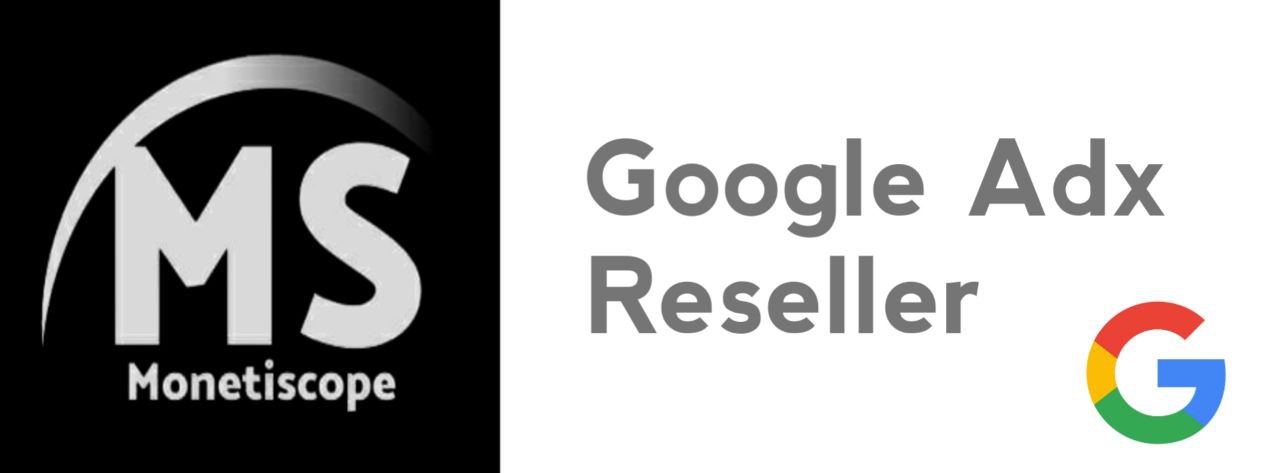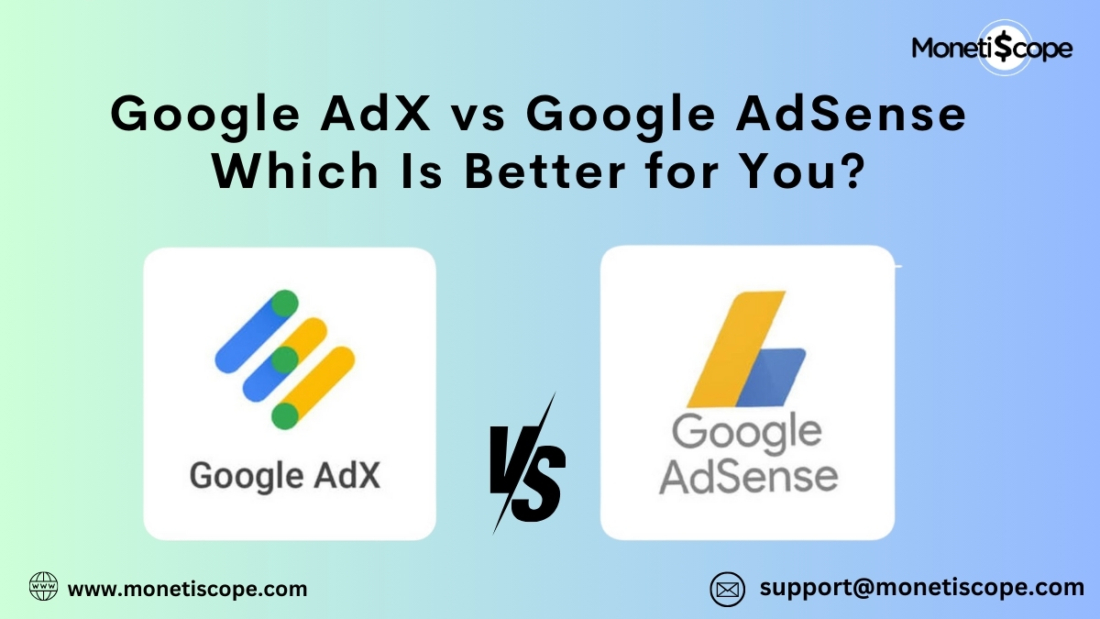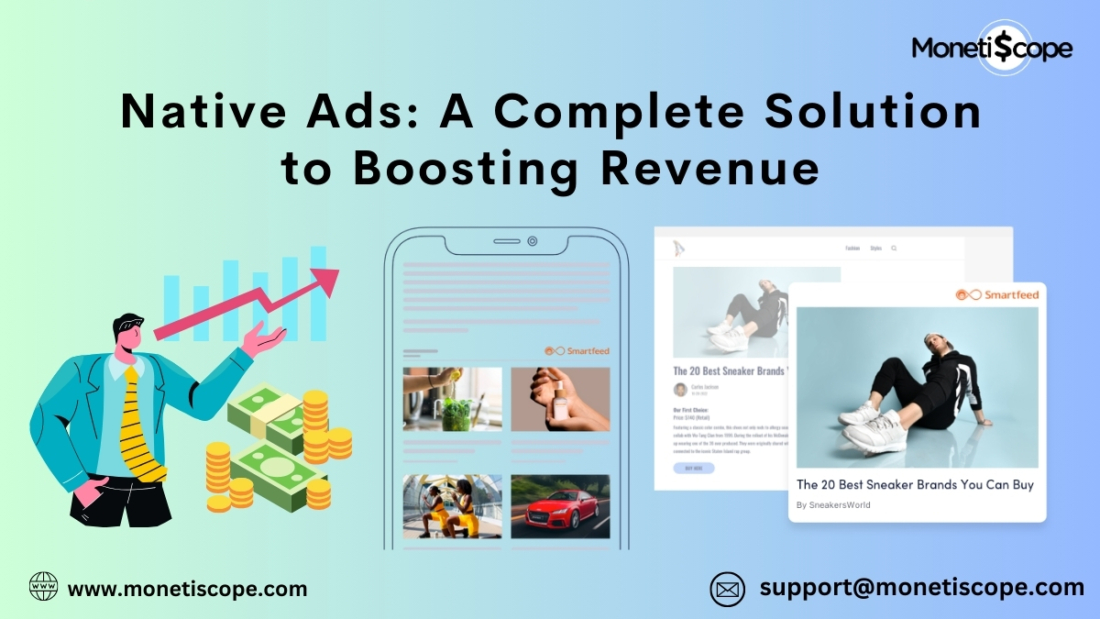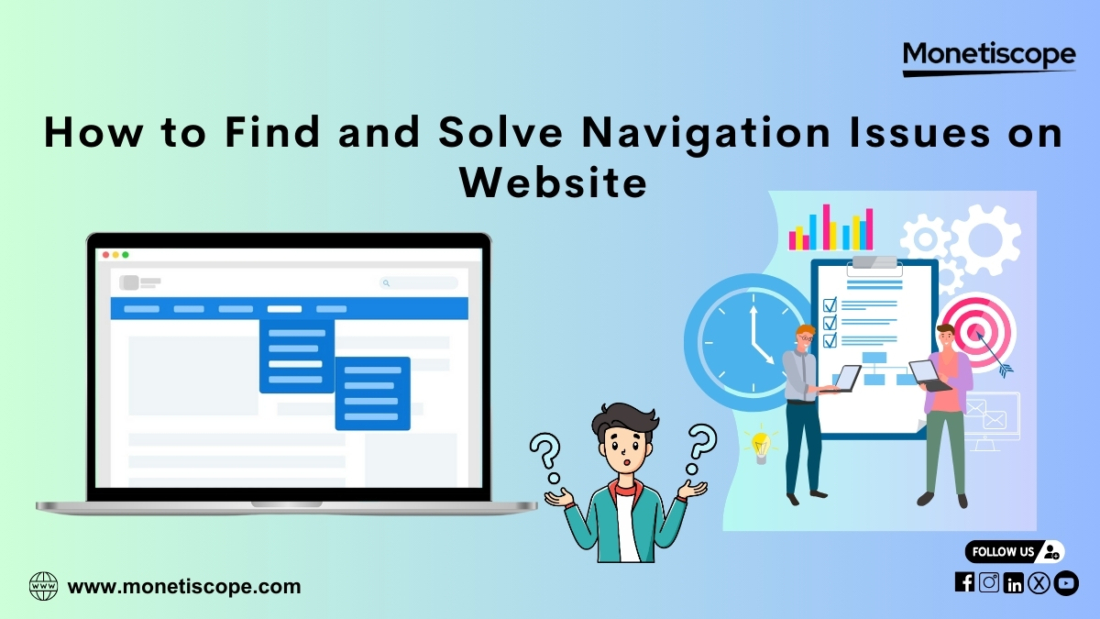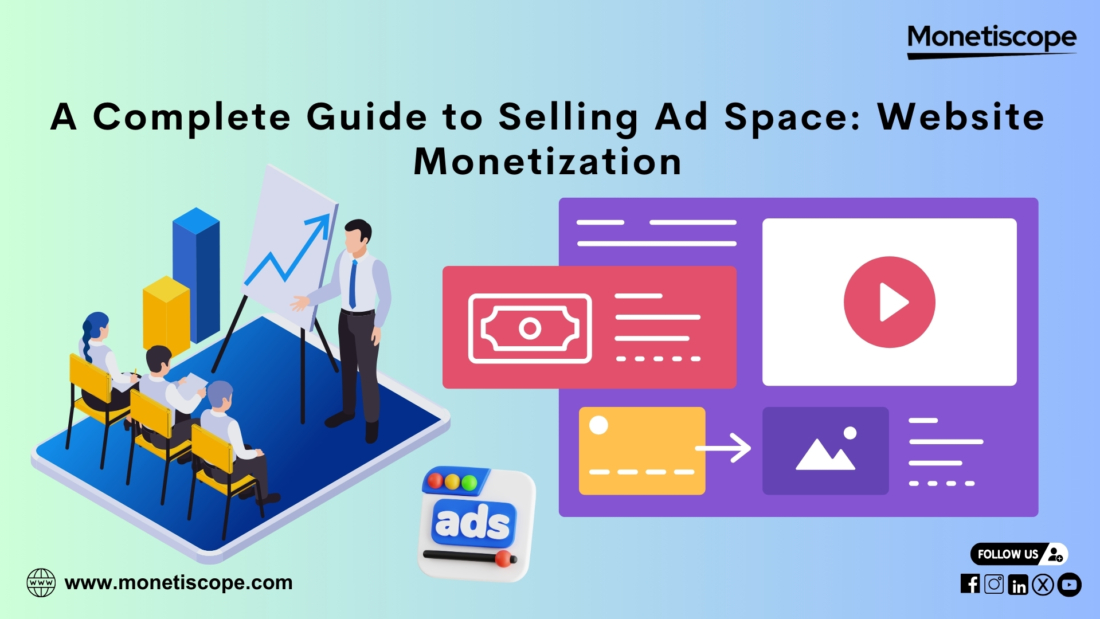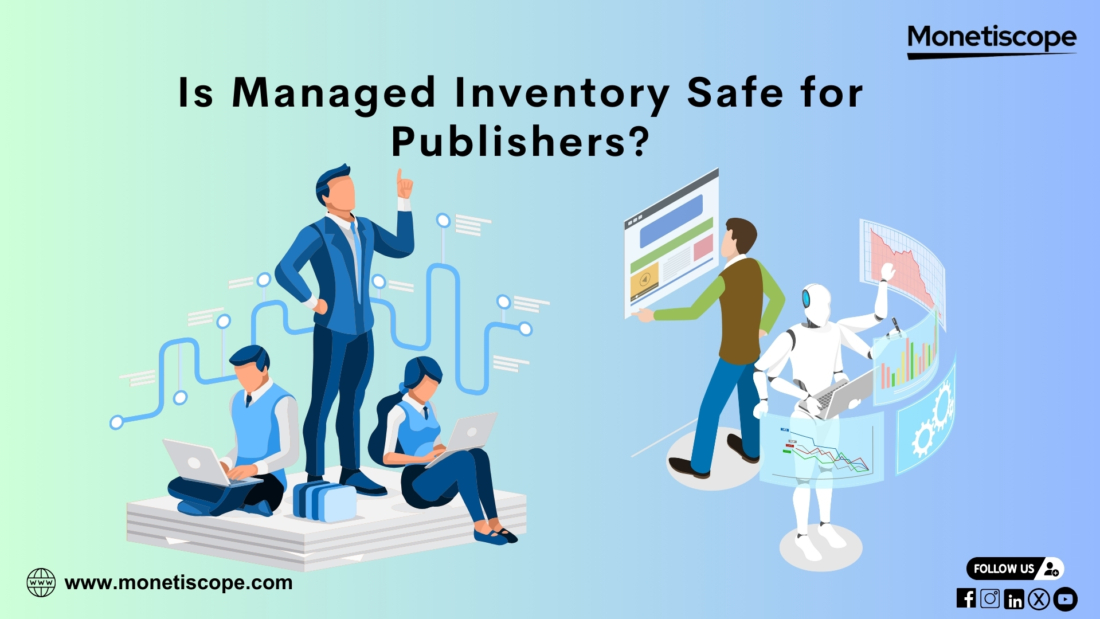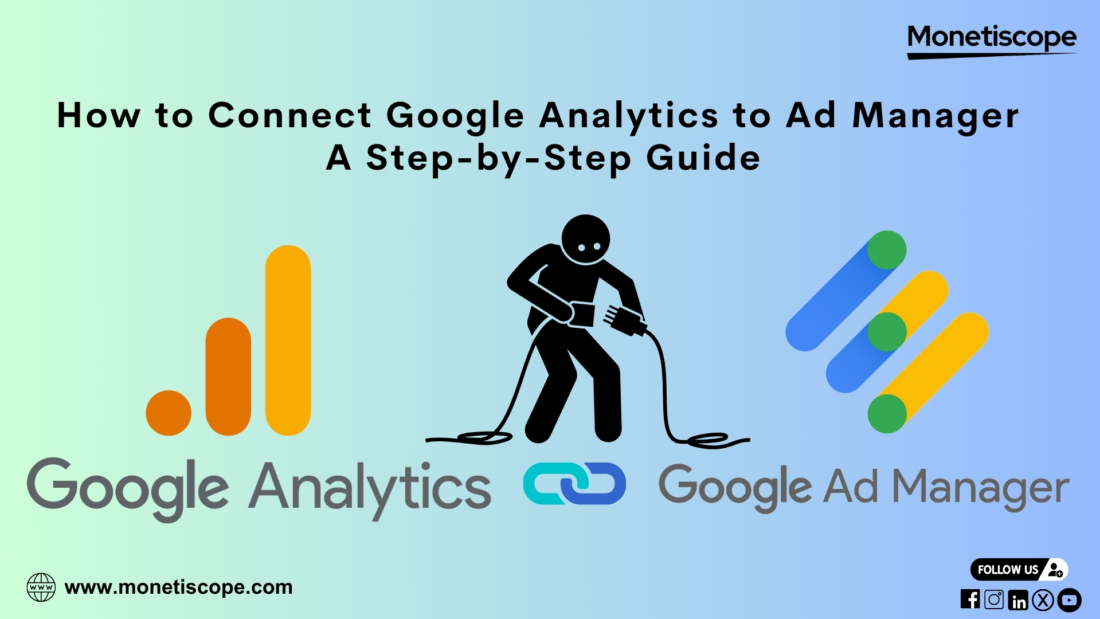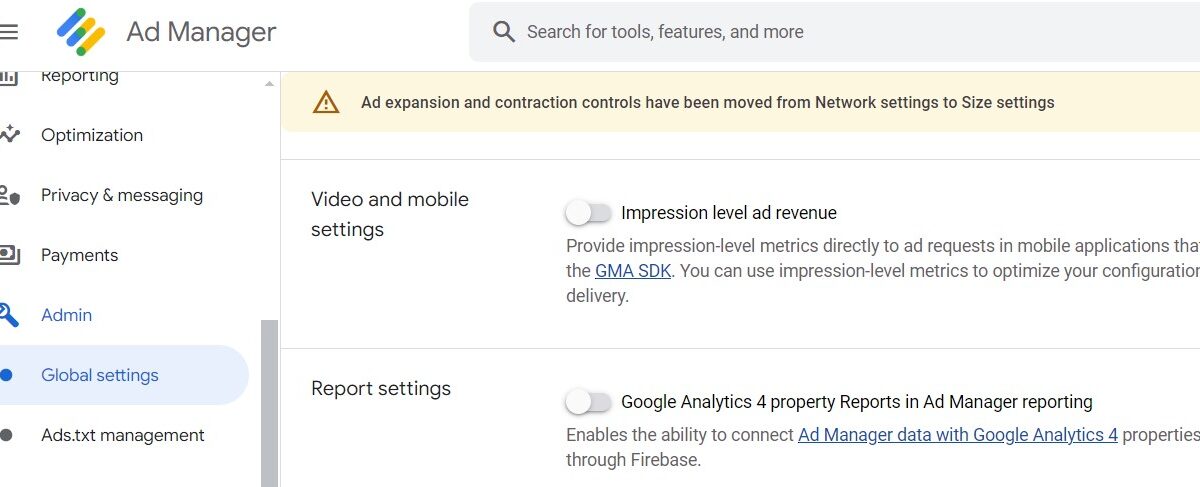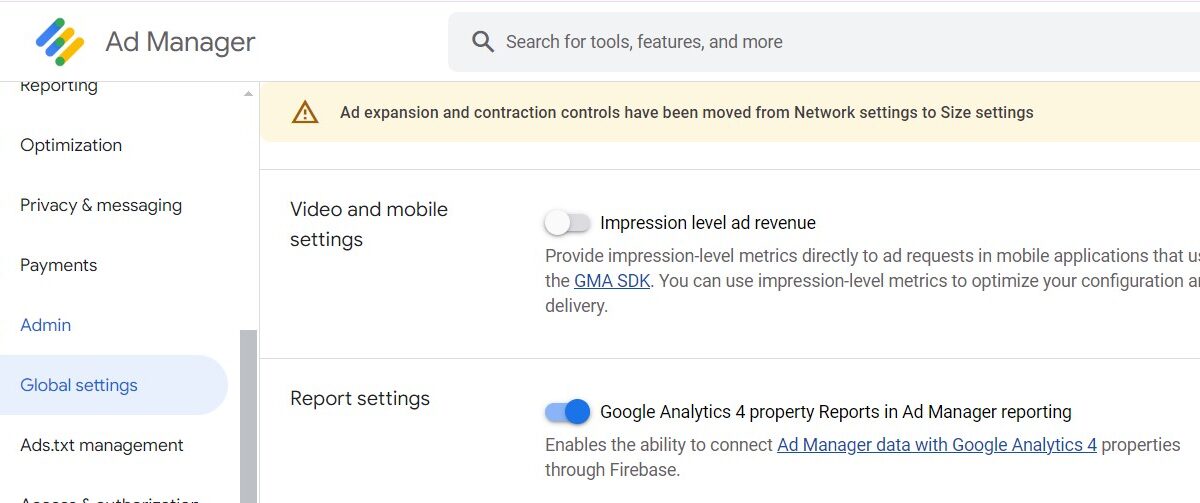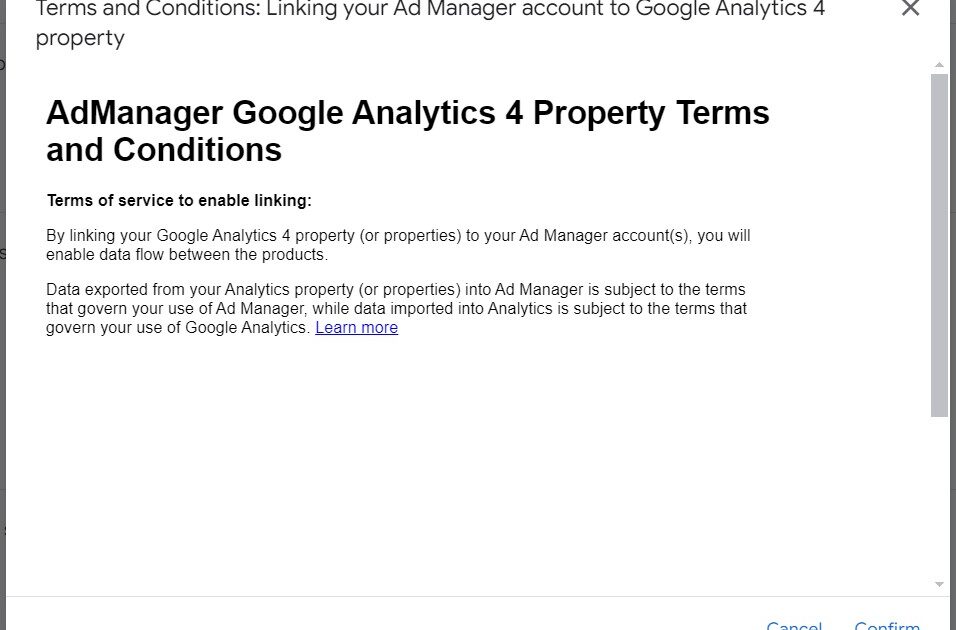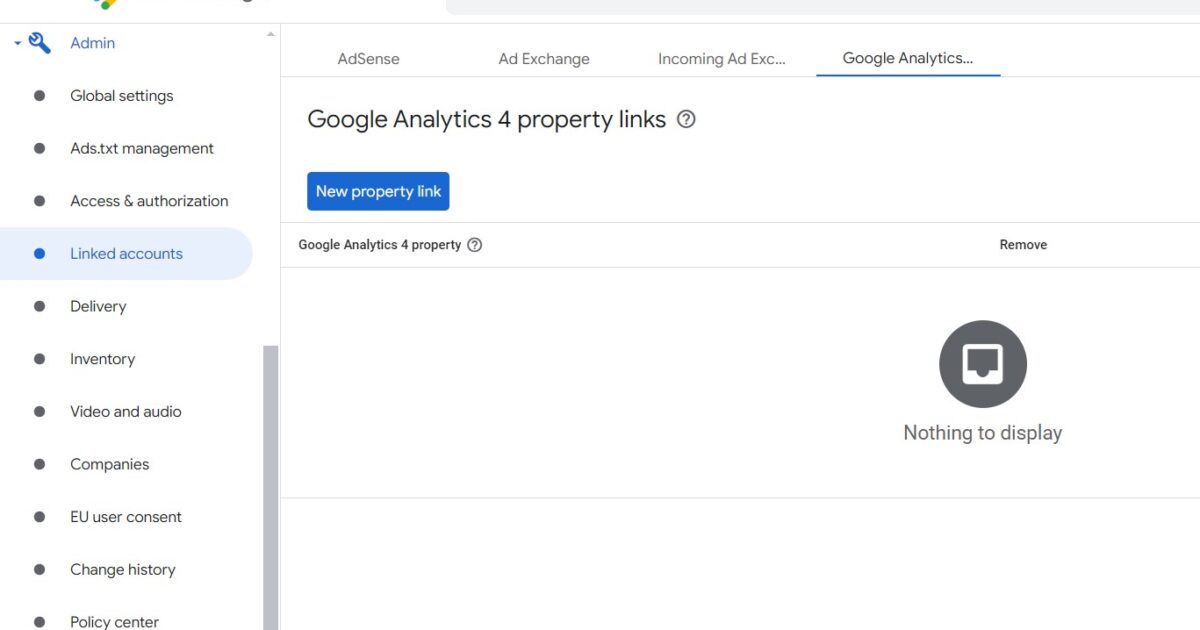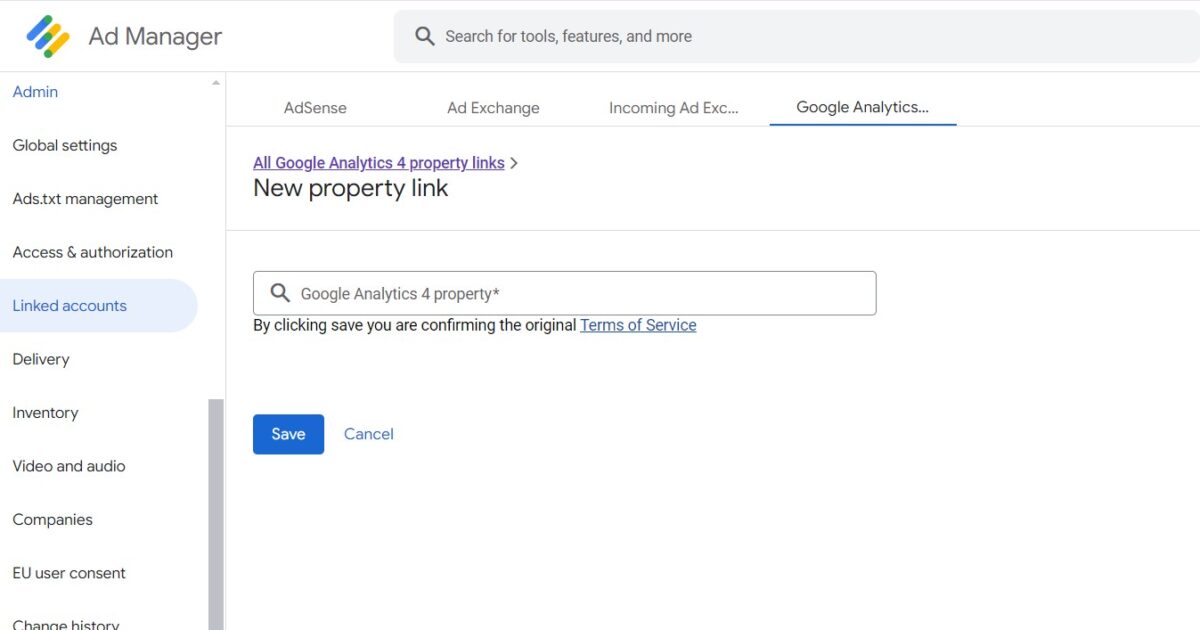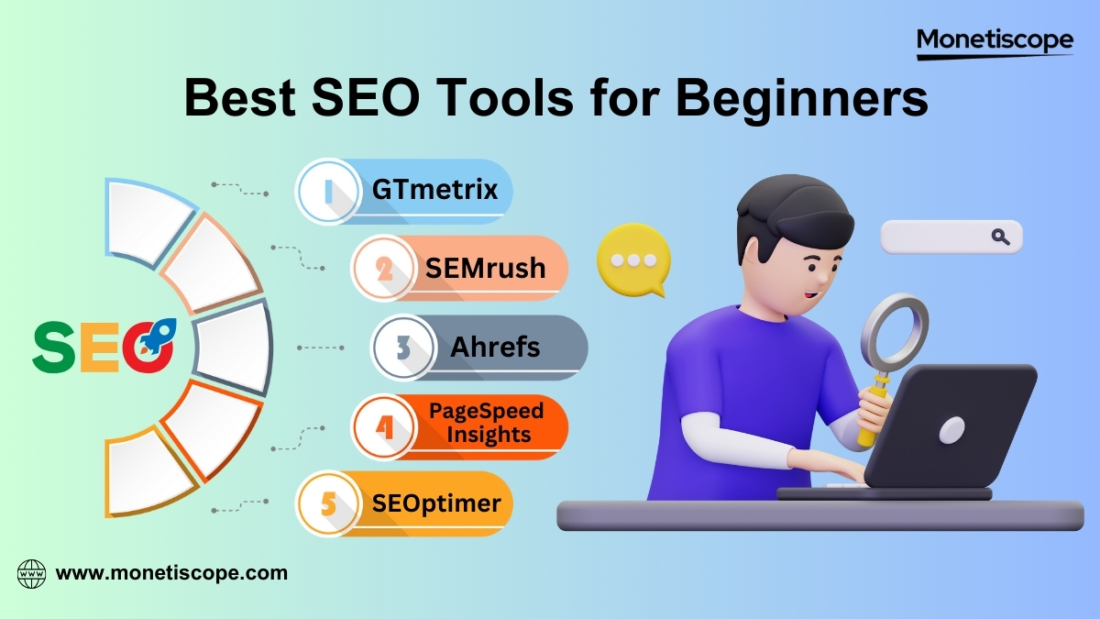In the world of digital advertising, publishers and advertisers are constantly looking for effective ways to maximize revenue and improve user experience. Two popular methods for buying and selling ad inventory are Real-Time Bidding (RTB) and Header Bidding. Both have revolutionized how ads are bought and displayed, but they work differently and serve distinct purposes.
If you’re curious about the differences between these two approaches, this article will explain Real-Time Bidding vs Header Bidding in detail. By the end, you’ll have a clear understanding of how they work, their benefits, and when to use each one.
What Is Real-Time Bidding (RTB)?
Real-Time Bidding, often referred to as RTB, is a method of buying and selling ad impressions in real time. Advertisers bid for ad space, and the highest bidder gets to display their ad. This process happens within milliseconds while a webpage or app is loading.
RTB is part of the programmatic advertising ecosystem, where software automates the buying process. It relies on ad exchanges, where publishers list their inventory, and advertisers place their bids.
Key Features of RTB
- Speed: The entire process happens almost instantly.
- Cost Efficiency: Advertisers only pay for impressions that meet their targeting criteria.
- Wide Reach: RTB connects advertisers to a large pool of publishers through ad exchanges.
What Is Header Bidding?
Header Bidding is a more advanced technique used by publishers to sell their ad inventory. Unlike RTB, which typically works with a single auction, header bidding allows publishers to invite multiple advertisers to bid simultaneously for the same ad space.
This process gives publishers more control and ensures they get the highest possible price for their inventory. Header bidding is often implemented on the website’s header, hence the name.
Key Features of Header Bidding
- Higher Revenue: Publishers can compare multiple bids and choose the best one.
- Transparency: Publishers have a clear view of how much each advertiser is willing to pay.
- Better Fill Rates: By allowing multiple advertisers to bid, publishers can fill more of their ad inventory.
Real-Time Bidding vs Header Bidding: How Do They Differ?
To understand Real-Time Bidding vs Header Bidding, it’s essential to compare their processes and benefits.
1. Process
- Real-Time Bidding: RTB happens on ad exchanges where advertisers bid for inventory. The process is managed by demand-side platforms (DSPs).
- Header Bidding: In header bidding, publishers integrate a code into their site to run an auction before sending requests to ad servers.
2. Revenue Potential
- RTB often results in lower bids since advertisers compete in a single auction.
- Header bidding maximizes revenue by allowing multiple advertisers to bid simultaneously.
3. Transparency
- RTB gives limited visibility to publishers about how bids are placed.
- Header bidding is more transparent, letting publishers see all bids in real time.
4. Implementation
- RTB is easier to implement as it relies on third-party platforms.
- Header bidding requires technical setup, which can be complex but is worth the effort for increased earnings.
Benefits of Real-Time Bidding
Although header bidding is gaining popularity, RTB still offers significant benefits:
- Automation: The process is entirely automated, saving time for both publishers and advertisers.
- Targeted Ads: Advertisers can use data to target specific audiences, ensuring their ads are relevant.
- Access to Premium Inventory: RTB connects advertisers to high-quality publishers.
Benefits of Header Bidding
Header bidding has become a preferred choice for publishers due to its advantages:
- Increased Revenue: By encouraging competition among bidders, publishers can secure better prices for their inventory.
- Reduced Latency: Modern header bidding solutions improve ad loading speeds, enhancing user experience.
- Improved User Experience: With better ad placements, publishers can maintain the quality of their websites or apps.
Real-Time Bidding vs Header Bidding: How Do They Differ?
RTB is ideal for:
- Advertisers looking for a cost-effective way to reach large audiences.
- Publishers who want a simple solution without investing in complex setups.
When to Use Header Bidding
Header bidding works best for:
- Publishers who prioritize maximizing ad revenue.
- Advertisers looking for premium ad placements on high-quality websites.
Common Challenges
While both methods have their advantages, they also come with challenges:
Challenges of RTB
- Lower Revenue: Publishers may not always get the highest bid due to the single-auction process.
- Transparency Issues: Limited visibility into the bidding process.
Challenges of Header Bidding
- Complexity: Setting up header bidding requires technical expertise.
- Latency Risks: If not optimized, header bidding can slow down website loading times.
Real-Time Bidding vs Header Bidding: Which Is Better?
There’s no definitive answer to this question. The choice between Real-Time Bidding vs Header Bidding depends on your goals.
- If you’re an advertiser, RTB offers a scalable and cost-effective solution.
- If you’re a publisher seeking to maximize revenue, header bidding is the way to go.
In many cases, publishers and advertisers use both methods to achieve the best results. Combining these strategies ensures that publishers can maximize their earnings while advertisers can access a broader range of inventory.
Conclusion
Understanding Real-Time Bidding vs Header Bidding is crucial for anyone involved in digital advertising. While RTB provides speed and automation, header bidding focuses on transparency and revenue optimization.
By evaluating the benefits and challenges of each approach, you can choose the one that best suits your needs. Whether you’re a publisher aiming to maximize revenue or an advertiser looking for targeted placements, both RTB and header bidding offer valuable opportunities in today’s competitive ad landscape.
If you’re interested in learning more about web and app monetization strategies, stay tuned for more insights!
FAQs: Real-Time Bidding vs Header Bidding
What is the main difference between Real-Time Bidding (RTB) and Header Bidding?
RTB operates through a single auction in ad exchanges, where the highest bidder wins in real-time. Header bidding allows publishers to run simultaneous auctions among multiple demand sources before sending the highest bid to their ad server, maximizing revenue potential.
Which method is better for publishers: RTB or Header Bidding?
Header bidding is generally better for publishers as it encourages competition among advertisers, resulting in higher bids and better revenue. RTB, however, is easier to implement and requires less technical expertise.
Does Real-Time Bidding provide transparency for publishers?
RTB has limited transparency compared to header bidding. Publishers often don’t see all the bids or the bidding process, which can make it challenging to optimize revenue.
Can advertisers use both Real-Time Bidding and Header Bidding together?
Yes, many advertisers and publishers combine both methods to leverage the strengths of each. RTB offers a broad reach, while header bidding ensures competitive pricing and better inventory utilization.
Is Header Bidding more complex to implement than RTB?
Yes, header bidding requires technical expertise for setup, as it involves integrating scripts into the website’s header and managing multiple demand partners. RTB is simpler since it relies on third-party platforms.
How do these methods impact user experience on websites or apps?
Header bidding, if not optimized, can cause latency issues, slowing down page loading times. However, modern solutions have addressed this problem. RTB generally does not impact page performance significantly due to its simpler setup.

